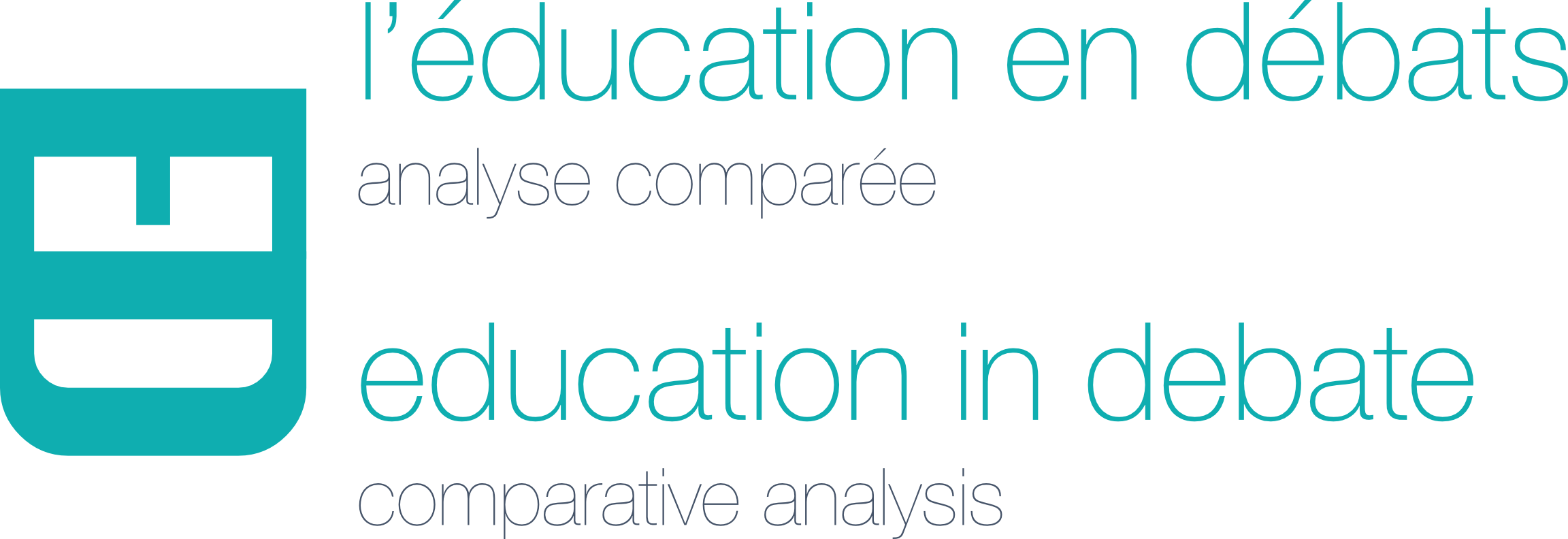Offres d'alternatives éducatives en Afrique de l'Ouest: enjeux et pertinence pour les non scolarisé
Abstract
Thirty million children are out of school in Sub-Saharan Africa. In recent years, apart from formal education, educational alternatives are developed, particularly in West Africa. How educational alternatives can provide a response to the large number of children and young people out of school? The experiences of the NGO Aide et Action International in educational alternatives adopt an approach of an integrated school in the community and are available in two forms: the return to school, generally for children aiming to be integrated to the formal school, and youth training and professional integration. Building from the concepts of “non formal education” and “alternative education” the paper shows that educational alternatives for out of school people supported by Aide et Action International got positive results in meeting the educational needs of beneficiaries, and the effective integration of learners in the workplace. These educational responses are relevant because of bringing supply and demand, responding to local conditions, meeting the needs of the group targets and promoting educational alternatives.
References
Amadou L. E. (2012). Etat des lieux sur les alternatives éducatives dans 20 collectivités locales en Afrique de l’Ouest. Manuscrit non publié.
Aide et Action International. (2011a). Investir dans les exclus : offres alternatives d’éducation pour les exclus du système éducatif formel dans la Région des Savanes au Togo. Paris : Aide et Action International.
Aide et Action International. (2011b). Projet d’appui au développement des alternatives éducatives – Stratégie d’accompagnement des jeunes à l’auto-emploi en milieu rural. Paris : Aide et Action International.
Aide et Action International. (2012). Capitalisation du volet formation et insertion socioprofessionnelle des sortants des écoles communautaires de base (ECB) dans la Région de Kolda. Paris : Aide et Action International.
Aide et Action International. (2013). Alternatives éducatives en milieu nomade. Paris : Aide et Action International.
Aide et Action International. (2014). Expériences d’Aide et Action International Afrique en formation professionnelle. Paris : Aide et Action International.
Colley, H., Hodkinson, P. & Malcom, J. (2003). Informality and formality in learning: a report for the Learning and Skills Research Centre. London: Learning and Skills Research Centre.
Eurostat. (2006). Classification of learning activities – Manual. Luxembourg: Office for Official Publications of the European Communities.
Haidara, Y. (2007). Education et langues nationales au Mali. Bamako: Centre National des Ressources de l’Education Non Formelle.
ISU-UNESCO. (2012). Opportunités perdues : impact du redoublement et du départ prématuré de l’école. Montréal, Québec : ISU-UNESCO.
ISU-UNESCO. (2015). Un nombre croissant d’enfants et d’adolescents ne sont pas scolarisés car l’aide n’est pas à la hauteur. Récupéré le 15 septembre 2015 de http://unesdoc.unesco.org/images/0023/002336/233610f.pdf
La Belle, T.J. (1976). Non formal education and social change in Latin America. Los Angeles: University of California.
Mbaye, M. (2010). Revue documentaire : vers un cadre conceptuel harmonisé ? Dakar : Collectif National de l’Education Alternative Populaire.
Simkins, T. (1977). Non formal education and development. Manchester: University of Manchester.
Downloads
Published
How to Cite
Issue
Section
License
Some rights reserved 2016 The Author(s)

This work is licensed under a Creative Commons Attribution-NonCommercial-NoDerivatives 4.0 International License.




